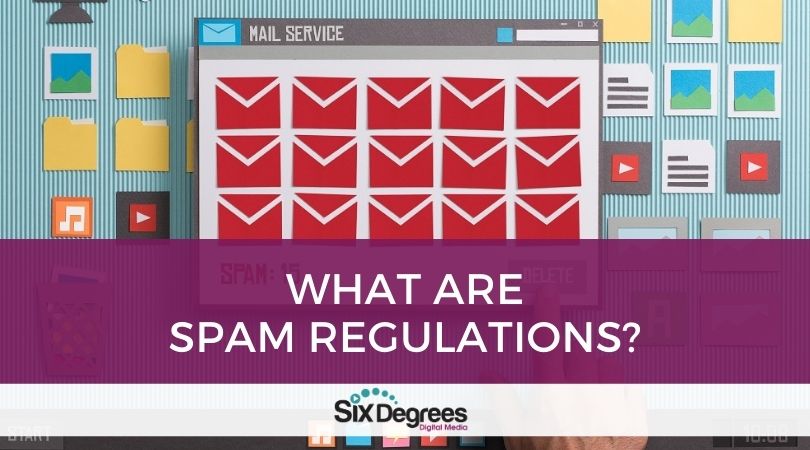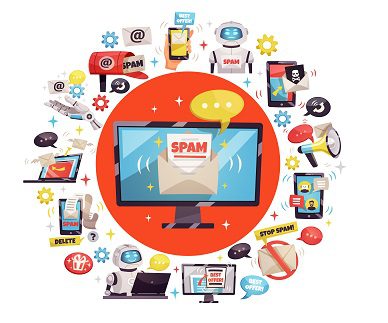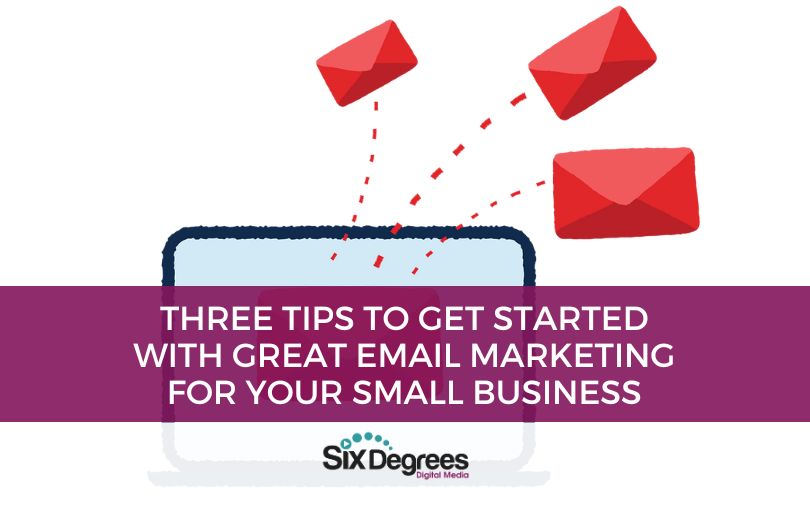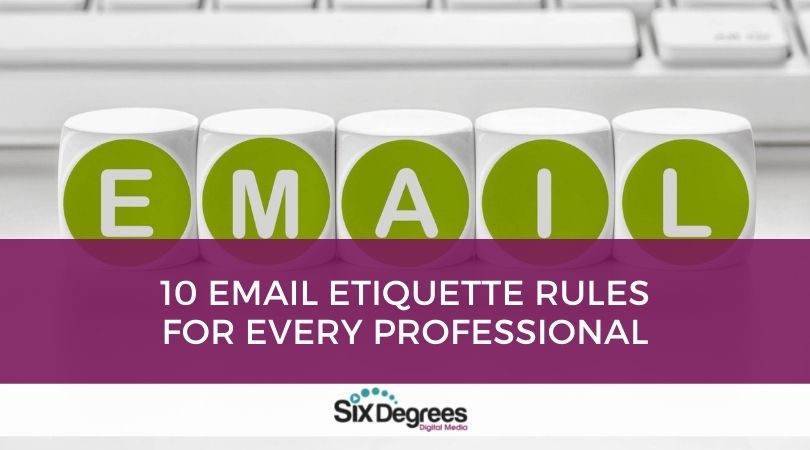History of Spam
If you have an email account, you have probably been the recipient of spam.
Spam is considered any unauthorized email communication that is sent to a large group of users.
Spam can come in the form of special offers, financial propositions, and more.
In some cases, marketers even hijack email and social network accounts so they can send spam to contacts.
I had this happen to me years ago with a company email.
One of the worst parts was all the bounce-back notices.
I ended up having to change my email address.
Despite spam regulations such as CAN-SPAM, spam continues to thrive as a viable marketing solution in the eyes of many online marketers.
The name “spam” comes from a Monty Python sketch and has been in use since the 1980s.
The very first spam messages were sent over telegraph lines.
These early messages were used to send offers to wealthy people in America.
ARPANET, a military computer network that came before the Internet, saw the first modern spam.
In 1978, a spammer named Gary Turk solicited around 400 people through email to advertise his computers.
However, the attempt was not successful.
In 1994, Usenet, which was another precursor to the Internet, was hit by spam advertisements for law services.
The lawyers defended what they had done and even wrote a book about making money by spamming.
From there, spam became more popular and thrives as an industry to this day.
According to studies, spam makes up roughly 70 percent of emails sent each day.
As social networking has become more popular, spammers have found many new avenues to reach a wide variety of readers.
Spammers find it easy to send advertisements to huge contact lists by hijacking social networking accounts.
Social networks do not have the same spam protection email offers, making them easier to exploit.
Spammers find it easy to send advertisements to huge contact lists by hijacking social networking accounts.
The rise of blogging has also contributed to the world of spam.
The minds behind the spam-filtering tool Akismet state that the vast majority of blog comments are spam.
Such messages typically include commercial links and content that is not relevant to the post at hand.
Why People Spam
Spamming is just another way to market products and draw attention to a brand.
Even though spam does not often have good results, that small percentage of people who do respond makes it worth it in the eyes of many spammers.
According to an old 2008 study, spammers have a response rate of 0.000008 percent or one in every 12.5 million emails.
Numbers could vary now in either direction.
More people on the Internet but seasoned Internet users are wiser to spam.
Even though the chances of getting a response are poor, spammers are still able to profit.
Spamming is generally a free practice, and resisting the urge to market a product or brand at no cost is difficult for many marketers to resist.
The same research team that conducted the 2008 study tried another experiment in which they used a network to send out their own spam messages.
After 26 days and hundreds of millions of emails, they only received 28 sales.
However, in spite of the poor response rate, the rate seen in the study would still make a profit of about $100 per day.
According to the researchers, if they scaled up the experiment and sent as many emails as real spammers sent, they could make around $2 million each year.
Even though that number is not impressive when compared to how many messages would need to be sent out, that kind of profit is still worth the trouble to many spammers.
You may be tempted to send spam, but spamming is not without its consequences.
Much like the way keyword stuffing can hurt your SEO, spam can hurt your overall email marketing strategy.
One consequence of spam is that it might tarnish your company’s reputation.
If you become associated with spamming, your company may be seen as desperate or dishonest.
One consequence of spam is that it might tarnish your company’s reputation.
Potential clients, customers, or leads may decide against buying your product or working with you if they receive your spam or hear about it from another source.
Even if your spam results in a few good results, those results may have come at a larger price.
Spam, especially when it is not cleverly disguised, is frowned on by many.
You can make spam look professional and neat, but most recipients will still be able to tell what it is.
There is also the chance of legal consequence, though this is a rare occurrence.
The 2003 CAN-SPAM Act
Towards the end of 2003, U.S. President George W. Bush passed the CAN-SPAM Act, which was aimed at preventing the dissemination of unsolicited marketing messages and adult content.
The CAN-SPAM Act established the first national standards in the United States that concerned the sending of commercial email.
[bctt tweet=”The CAN-SPAM Act established the first national standards in the United States that concerned the sending of commercial email.” username=””]CAN-SPAM covers all forms of non-solicited marketing.
The following types of email are all considered spam:
- One email sent at a time (some think it must be sent through an automated system)
- Unwanted solicitation
- Emails sent indiscriminately to large groups
- Inappropriate or irrelevant emails sent without permission to large groups
However, some have criticized the CAN-SPAM Act for failing to prohibit all types of email spam.
For example, it does not require someone to get permission before emailing a marketing message.
The Act also makes it impossible for states to create up-to-date anti-spam laws.
Individuals who have been spammed are prohibited from using the companies that sent the emails.
Overall, the Act has not been enforced well, even though less than one percent of spam followed the spam regulations set forth in the Act.
There have been some modifications made to the first edition of the CAN-SPAM Act. Such as:
- One example is the addition of definitions of the terms “person” and “sender.”
- Another is the clarification that a sender may be able to follow the guidelines set by the Act by listing a private mailbox or post office box within correspondences.
- There was also a clarification that, in order for an opt-out request to be considered valid, the recipient must be able to opt-out without providing any additional information.
- Also, a recipient of spam cannot be asked to pay an opt-out fee.
- A recipient cannot be asked to take any opt-out steps besides visiting a webpage or sending an email.
Spam Lawsuits
While spam can be successful, it also occasionally results in lawsuits.
In one groundbreaking case, the social networking giant Facebook won a $711 million judgment against Sanford Wallace.
Sanford Wallace, also known by his nickname “Spamford,” is a marketer who logged into Facebook accounts so he could send advertisements to their connections.
Facebook also won an $873 million judgment in 2008 against another spammer.
However, most of the time, spamming goes unpunished.
Even though most spam messages do not comply with CAN-SPAM, busts do not happen often.
Spam will likely continue to thrive even in the face of spam regulations.
For the most part, lawsuits against spammers are unsuccessful.
One example is the 2015 $600 million lawsuit brought against Kraft Foods.
The Circuit Court concluded that the plaintiff, Beyond Systems, was not eligible for recovery because it had consented to Kraft Foods’ email marketing.
This was one landmark case that opened the door for spammers in similar situations.
If spammers can somehow get potential recipients to agree to receive emails and other correspondence, the spammers may be able to defend themselves in court.
With the right message, you can turn an ineffective campaign into a lead-generating machine.
Six Degrees Digital Media can help you create a thriving email campaign through a solid list and optimized messages that will not be flagged as spam. Schedule a complimentary strategy session with us today.











